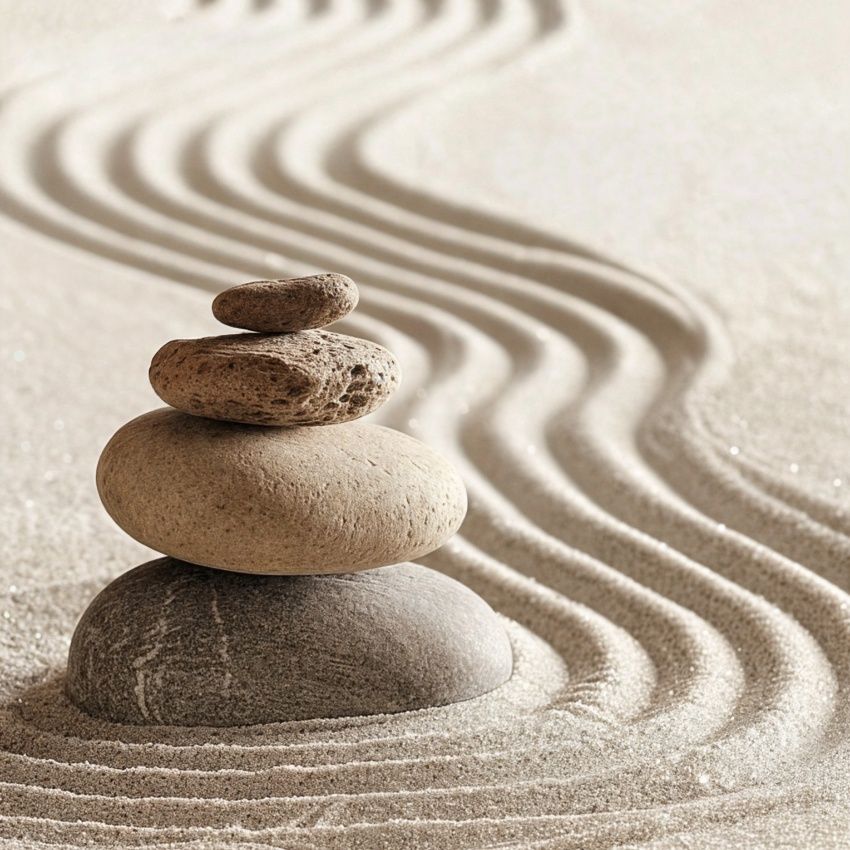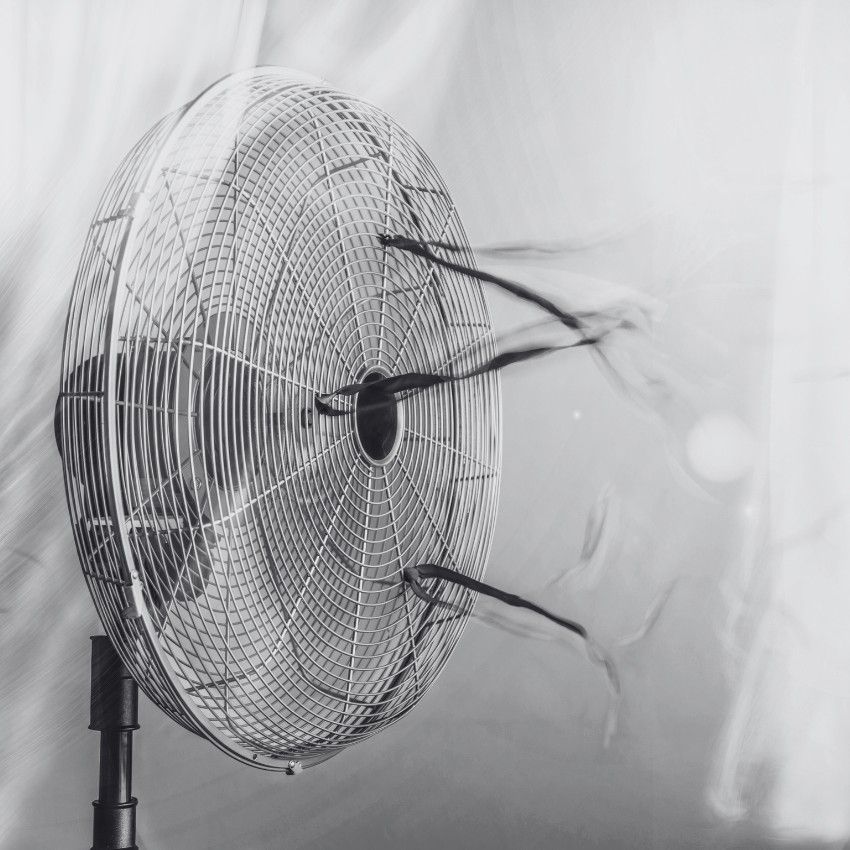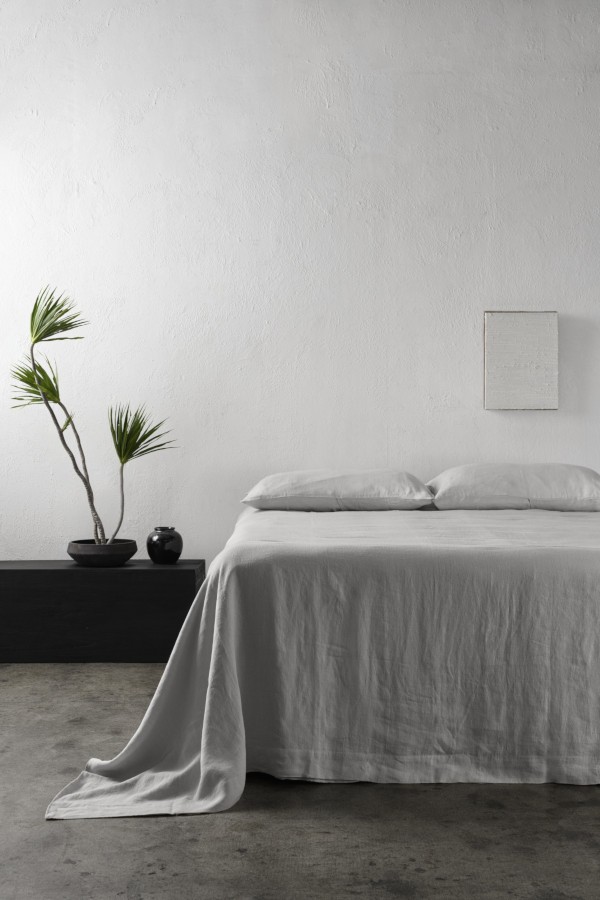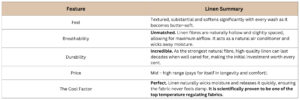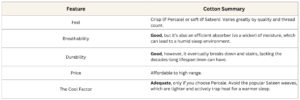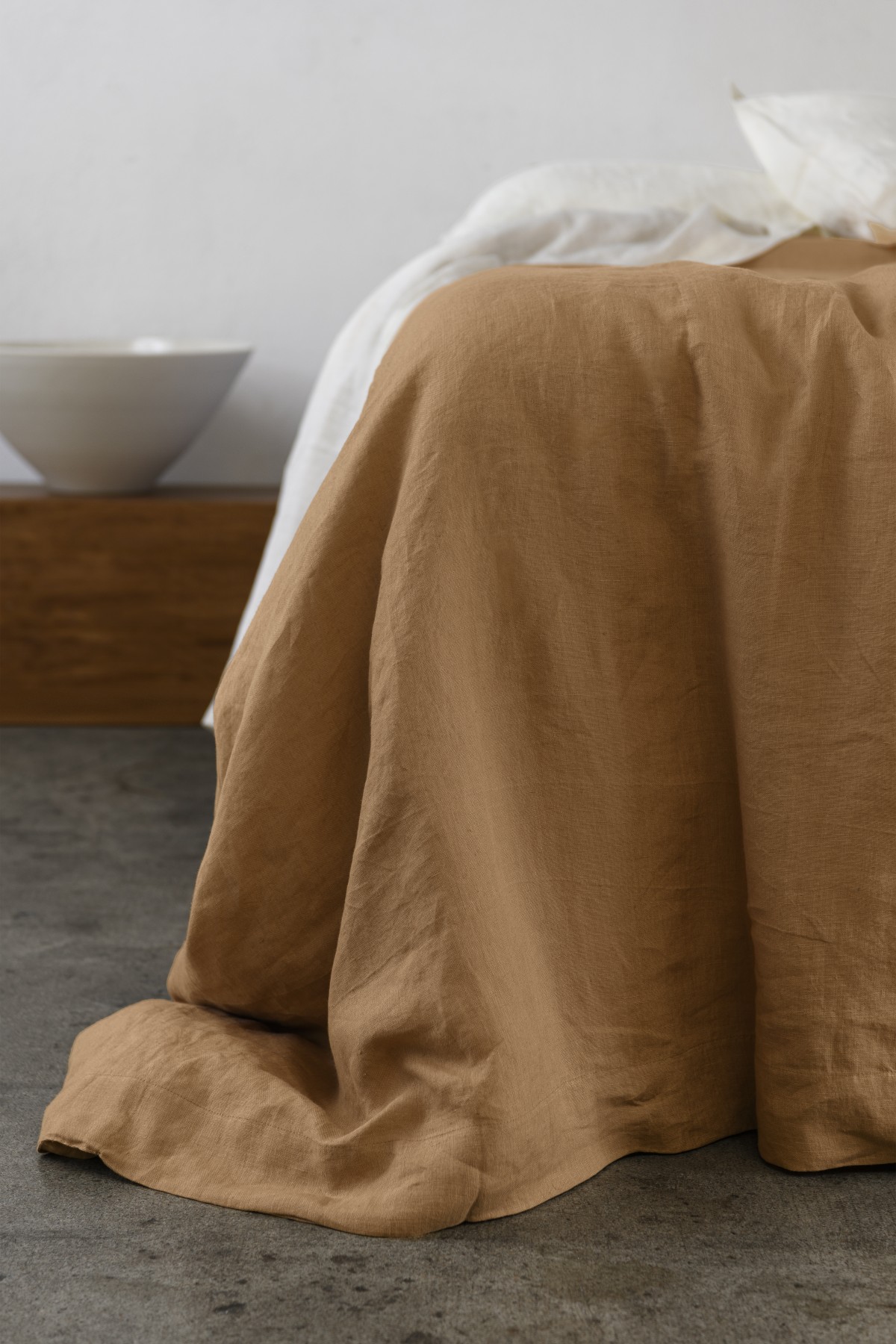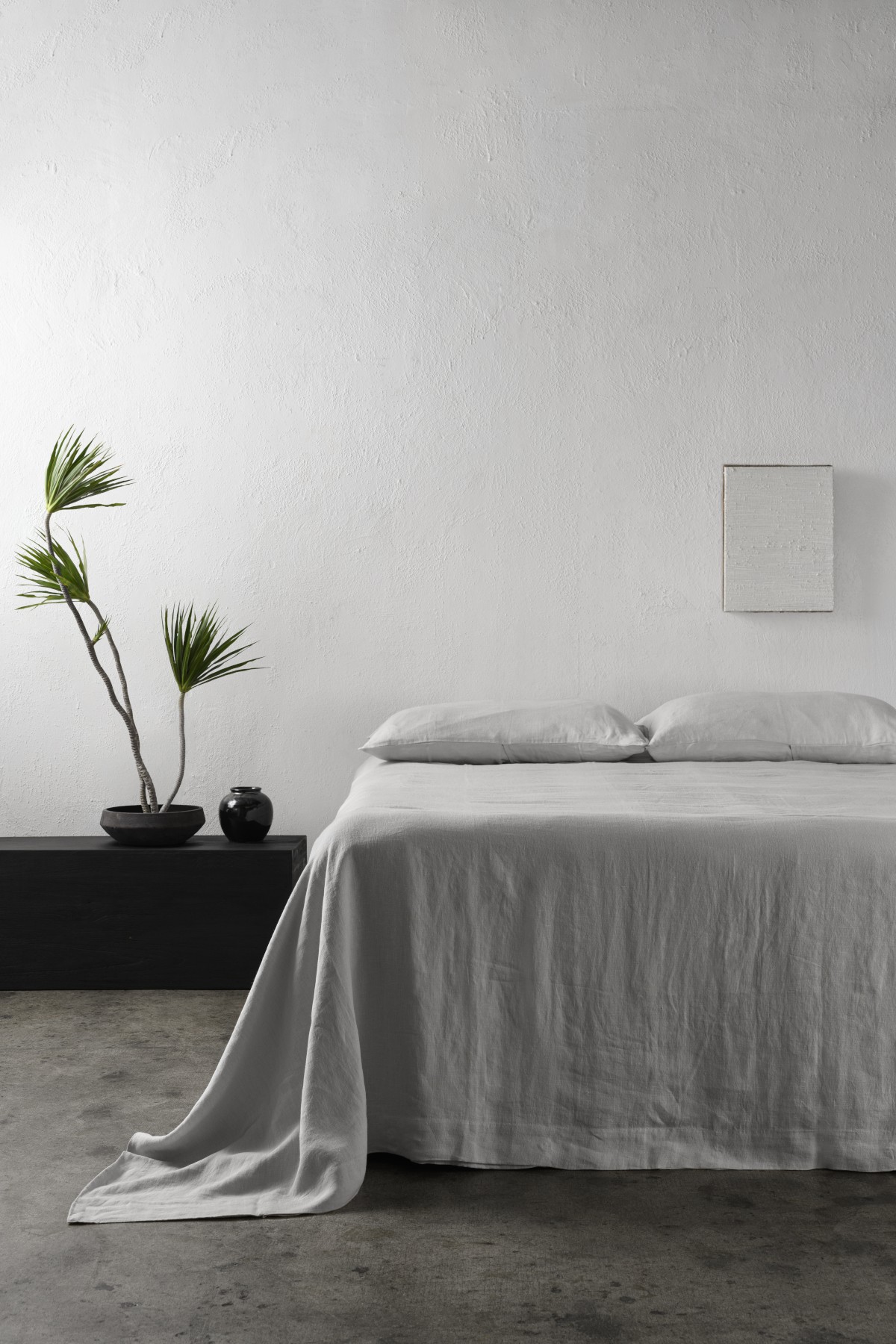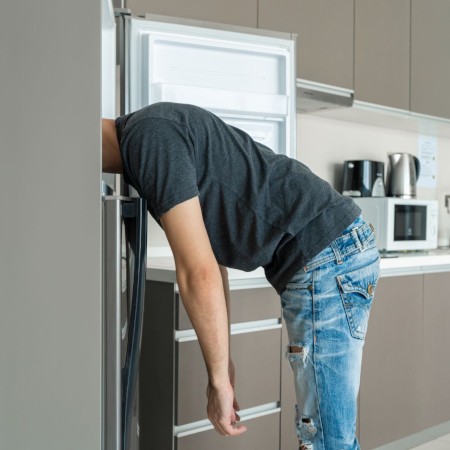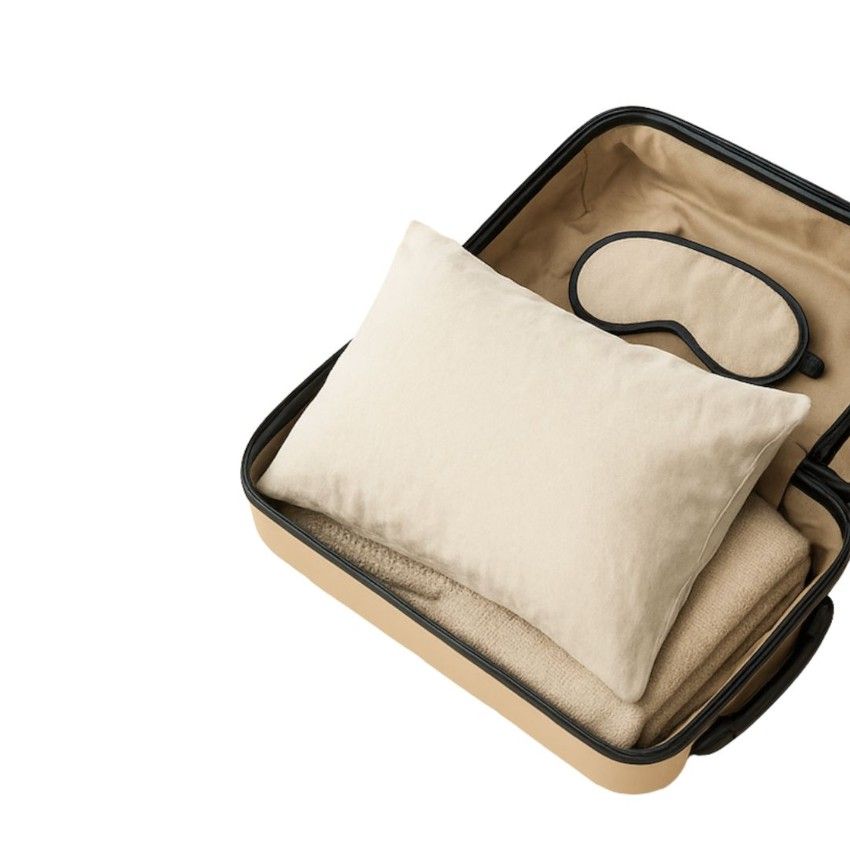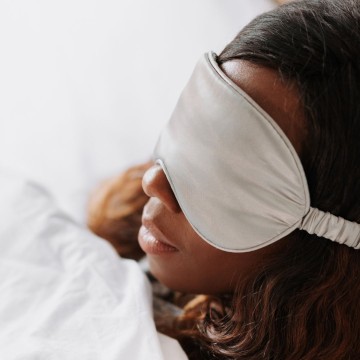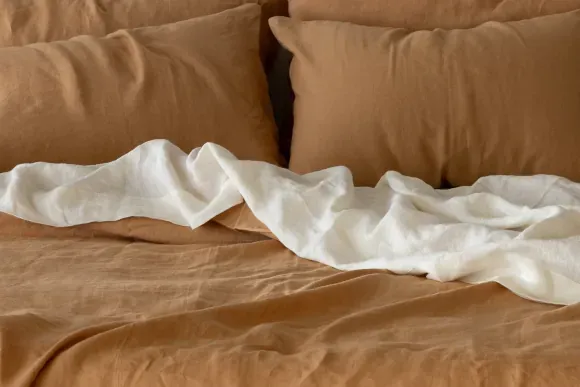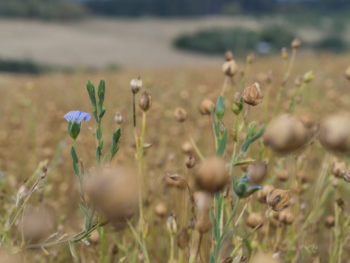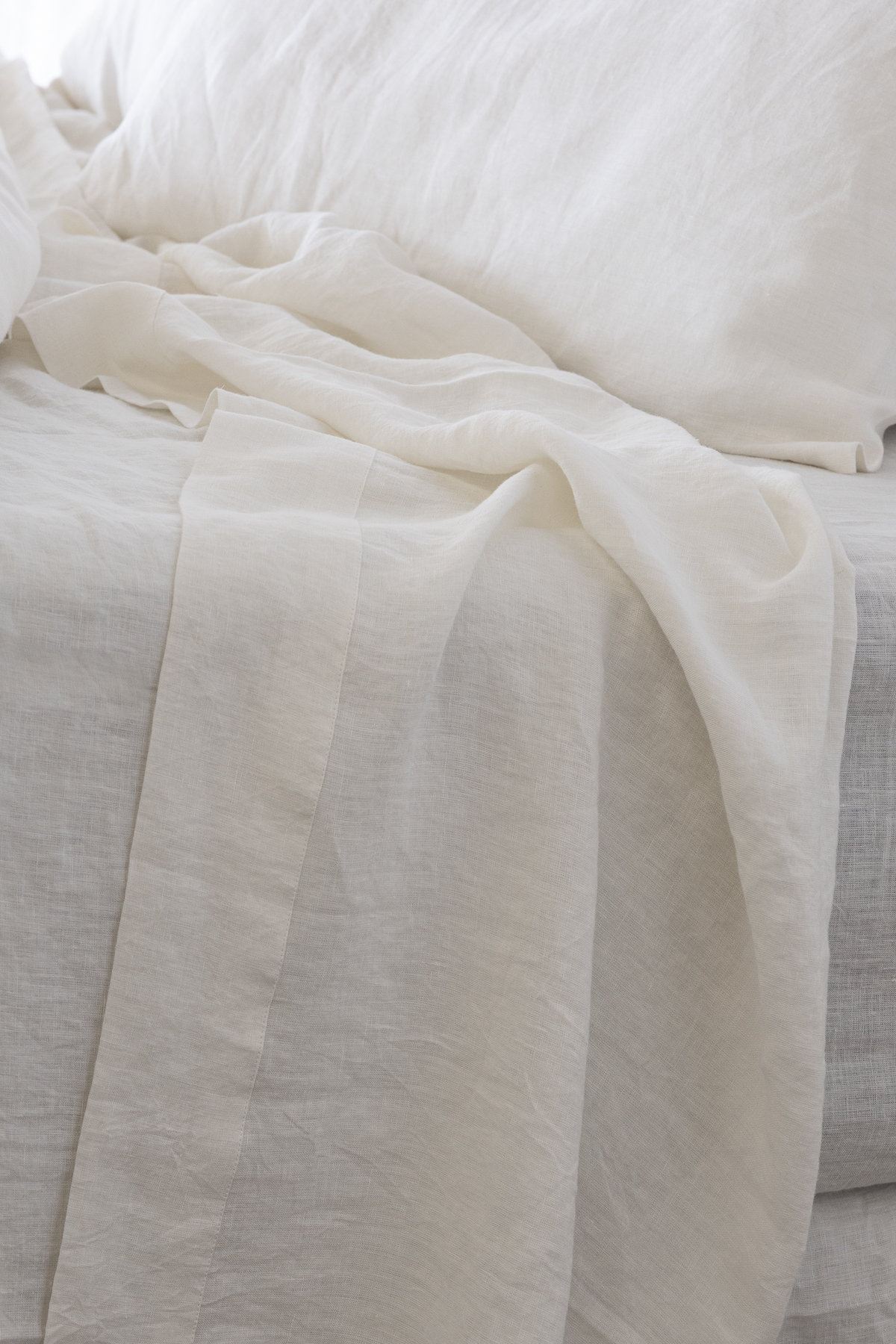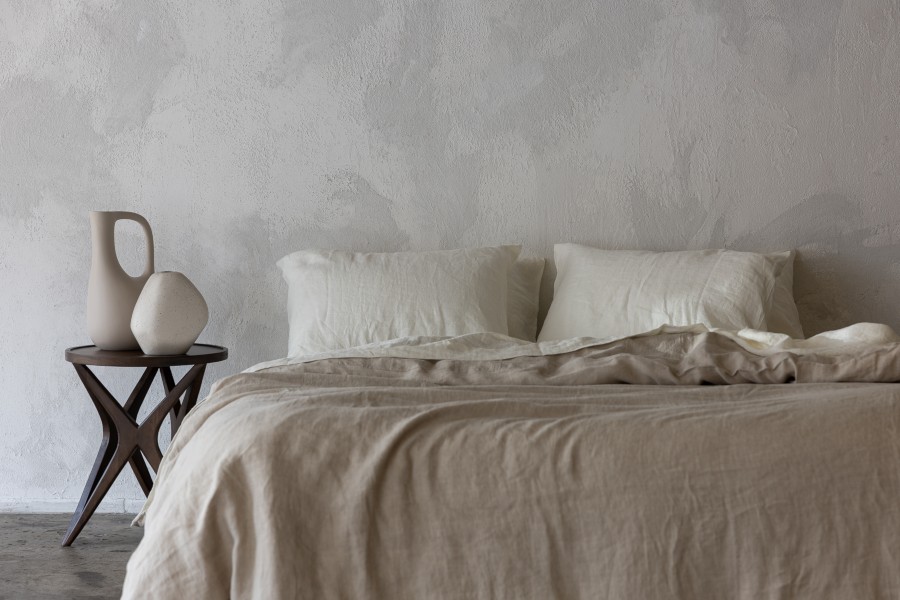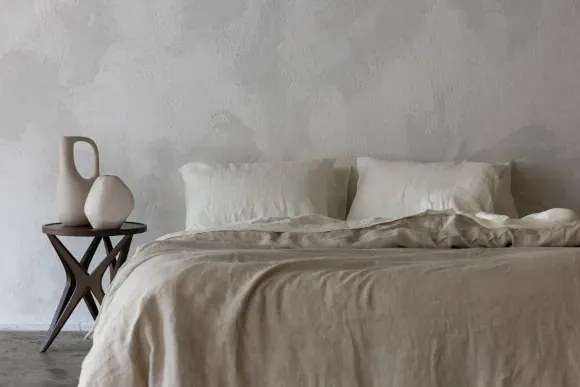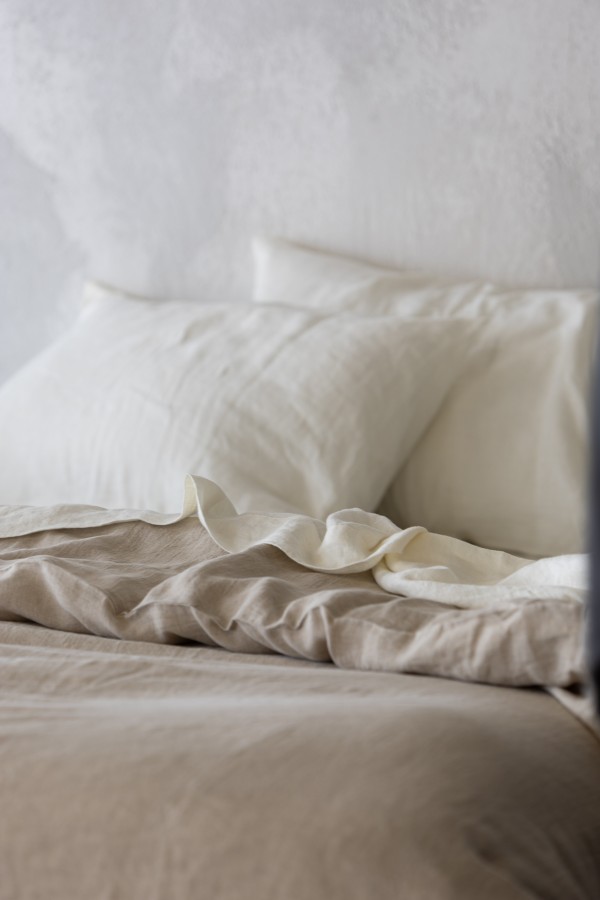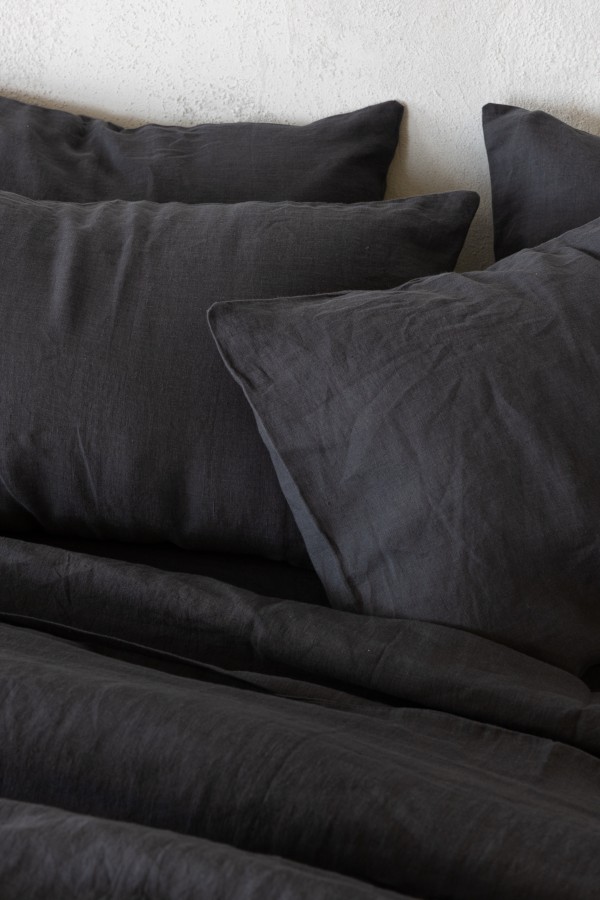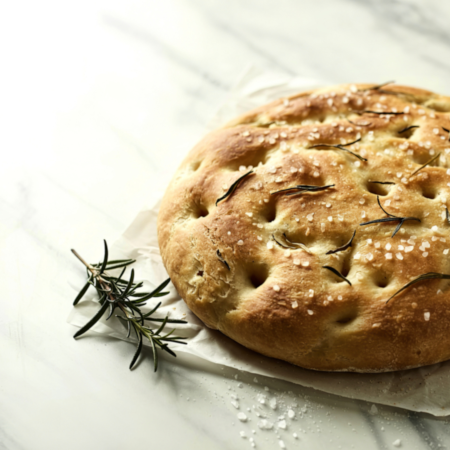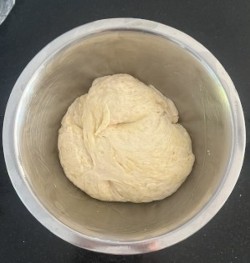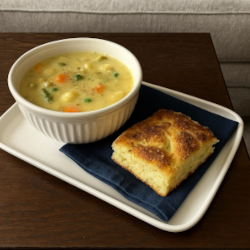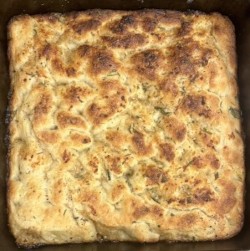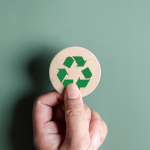Finding Your Calm: Practical Steps for Mental Well-being in a Hectic World
In our always-on, constantly connected lives, it’s easy to feel overwhelmed. The juggle of work, relationships, endless notifications, global events and year-end holiday festivities can leave us feeling anxious, burnt out, and struggling to keep up – trying to find our calm and mental well-being in a hectic world.
But here’s the good news – taking charge of your mental health doesn’t require a complete overhaul. Small, consistent steps can make a world of difference.
We’ve gathered some practical strategies that may help:
– navigate anxiety
– prevent burnout
– set healthy boundaries
– reclaim your peace through a digital detox.

1. Taming the anxiety monster – some simple grounding techniques that may help
Anxiety can sometimes feel like a runaway train, but you generally have the power to slow it down. When you feel that familiar rush of worry or panic, try these grounding techniques.
- The 5-4-3-2-1 method – this simple exercise can help bring you back to the present moment.
- 5 things you can see: look around and name them.
- 4 things you can touch: feel your clothes, the chair, a pen.
- 3 things you can hear: listen for distant sounds, your breathing.
- 2 things you can smell: your coffee, a candle, fresh air.
- 1 thing you can taste: a mint, a recent drink or something you ate.
- Deep breathing – we know it sounds cliché, but it really seems to work. Inhale slowly through your nose for 4 counts, hold for 4 counts, and exhale slowly through your mouth for 6 counts. Repeat 5-10 times. This activates your parasympathetic nervous system, telling your body to calm down.
2. Preventing burnout – recognising the signs and replenishing your well
Burnout isn’t just feeling tired, it can be a state of emotional, physical, and mental exhaustion typically caused by prolonged or excessive stress. Don’t wait until you’re completely depleted to recognise it.
- Listen to your body – are you constantly tired, even after sleep? Experiencing frequent headaches or stomach issues? Losing interest in things you once enjoyed? These are potential red flags.
- Schedule “white space” – just as you schedule meetings, schedule time to do absolutely nothing. Stare out the window, sit quietly, take a walk without a specific destination. This unstructured time can allow your brain to decompress and process.
- Prioritise sleep – non-negotiable. Experts suggest we should be aiming for 7-9 hours. Create a relaxing bedtime routine – dim lights, no screens an hour before bed, a warm shower.
- Revisit hobbies – what did you love doing before life got so busy? Reading, painting, playing an instrument, bike riding, going to the theatre? Make time for activities that bring you joy and don’t feel like “work.”
3. The power of “no” – setting boundaries like a pro
Boundaries are the invisible lines we draw to protect our energy, time, and well-being. Without them, we risk resentment and exhaustion.
- Start small – if saying “no” feels daunting, begin with smaller requests asked of you. “I can’t take on that extra task today, but I can look at it tomorrow.”
- Be clear and concise – you don’t need elaborate excuses. “I appreciate the offer, but I won’t be able to make it.” or “My schedule is full right now.” is perfectly acceptable.
- Boundary up with digital devices – This leads us nicely to…

4. Reclaiming your focus – the art of the digital detox
Our phones and computers are incredible tools, but they can also be enormous drains on our mental energy, fuelling anxiety and eroding focus. A digital detox isn’t about abandoning technology forever; it’s about intentional use.
- Schedule screen-free zones – designate certain times or places as completely digital-free. No phones at the dinner table, no checking emails after 7 PM, or a “no screens in the bedroom” rule.
- Turn off notifications – most non-essential app notifications are designed to pull you back in. Try turning them off for everything except direct calls or messages from important contacts. It’s strange at first and then becomes quite liberating!
- One day a week – try a full 24-hour digital detox once a week. Spend the time reading, being in nature, connecting with loved ones in person, or pursuing a hobby. You might be surprised at how refreshed you feel.
- Create physical space – charge your phone away from your bed. If you work from home, try to “close down” your workspace, even if it’s just shutting your laptop and putting it away.
Taking care of your mental health is as ‘they’ say…an ongoing journey, not a destination. There will be good days and challenging ones. The key is to build a toolkit of strategies you can rely on. Start with one or two tips and see how they feel. Be patient and kind to yourself – you deserve to find your calm in this hectic world.
Ask yourself – what is one small step I’m going to take this week to prioritise my mental well-being and to work towards finding my calm?

